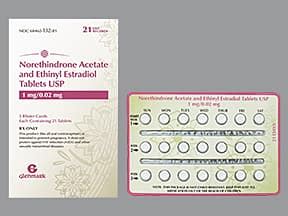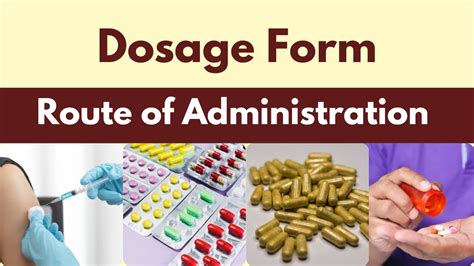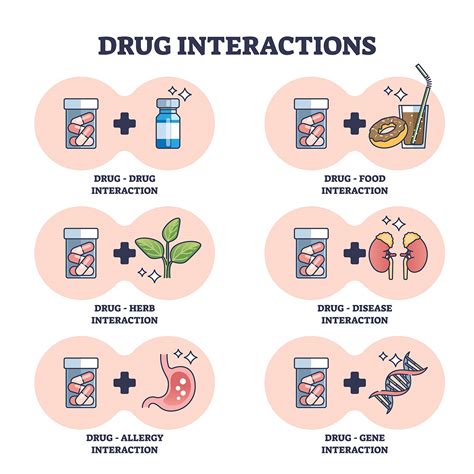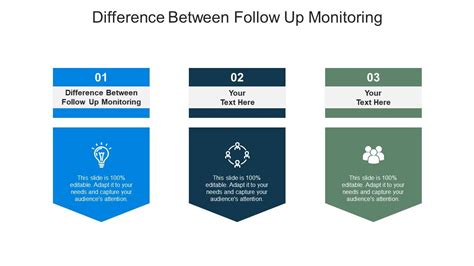Intro
Discover the comprehensive guide to Norethindrone Acetate and Ethinyl Estradiol, covering contraception, hormonal balance, and womens health benefits, side effects, and usage instructions.
The combination of norethindrone acetate and ethinyl estradiol is a widely used formulation in contraceptive pills and other hormonal therapies. Understanding the components, benefits, and potential side effects of this combination is crucial for individuals considering or already using these medications. Norethindrone acetate and ethinyl estradiol work together to regulate menstrual cycles, prevent pregnancy, and sometimes treat conditions like endometriosis or acne. Their synergistic effect provides a reliable and often prescribed method of birth control, alongside other therapeutic applications.
The importance of hormonal balance in the body, particularly in women, cannot be overstated. Hormones like estrogen and progesterone play pivotal roles in reproductive health, influencing everything from menstruation and fertility to bone density and mood. Norethindrone acetate, a progestin (synthetic form of progesterone), and ethinyl estradiol, an estrogen, mimic the effects of these natural hormones in the body. By introducing these synthetic versions, individuals can manage or regulate various hormonal processes, including those related to fertility and menstrual health.
The use of norethindrone acetate and ethinyl estradiol combination is not limited to contraception. It has been found beneficial in treating symptoms of premenstrual dysphoric disorder (PMDD), reducing the risk of ovarian and endometrial cancers, and managing irregular menstrual periods. The dual action of these hormones helps in stabilizing the endometrium, preventing excessive growth that could lead to conditions like endometrial hyperplasia. Furthermore, the combination can reduce the severity of menstrual cramps, improve acne, and decrease the risk of pelvic inflammatory disease.
Norethindrone Acetate and Ethinyl Estradiol: Mechanism of Action

The mechanism of action of norethindrone acetate and ethinyl estradiol involves several key processes. Primarily, ethinyl estradiol works by inhibiting the release of gonadotropin-releasing hormone (GnRH) from the hypothalamus, which in turn reduces the release of luteinizing hormone (LH) and follicle-stimulating hormone (FSH) from the pituitary gland. This reduction in LH and FSH secretion prevents ovulation, as the follicles in the ovaries do not receive the necessary signals to mature and release an egg. Norethindrone acetate contributes to this effect by thickening the cervical mucus, making it more difficult for sperm to reach an egg, and altering the endometrium to prevent implantation of a fertilized egg.
Benefits of Norethindrone Acetate and Ethinyl Estradiol Combination
The benefits of using the combination of norethindrone acetate and ethinyl estradiol are multifaceted. Some of the key advantages include: - High efficacy in preventing pregnancy when used correctly. - Regulation of menstrual cycles, which can help in managing conditions like dysmenorrhea (painful menstruation) and menorrhagia (heavy menstrual bleeding). - Reduction in the risk of ovarian and endometrial cancers. - Improvement in acne, as the hormones can help in reducing sebum production. - Decrease in the risk of pelvic inflammatory disease (PID), which is a serious bacterial infection that can lead to infertility and other complications.Administration and Dosage

The administration and dosage of norethindrone acetate and ethinyl estradiol can vary depending on the specific formulation and the condition being treated. For contraceptive purposes, these medications are typically taken orally once a day, with the dosage regimen often following a 21-day active pill and 7-day inactive pill cycle, although other regimens like extended-cycle or continuous dosing may also be used. It's crucial to follow the prescribed dosage and administration schedule to maximize efficacy and minimize potential side effects.
Potential Side Effects and Risks
While norethindrone acetate and ethinyl estradiol are generally well-tolerated, there are potential side effects and risks associated with their use. Common side effects may include nausea, breast tenderness, headaches, and mood changes. More serious risks can include an increased chance of blood clots, stroke, and heart attack, particularly in smokers over the age of 35. It's also important to note that these medications can affect liver function and may not be suitable for individuals with certain medical conditions, such as liver disease, high blood pressure, or a history of blood clots.Interactions with Other Medications

Norethindrone acetate and ethinyl estradiol can interact with a variety of other medications, either by enhancing or reducing their effects. For example, certain antibiotics, antifungals, and anticonvulsants can decrease the effectiveness of hormonal contraceptives, potentially leading to reduced efficacy or increased risk of pregnancy. Conversely, some medications may increase the levels of these hormones in the body, potentially exacerbating side effects. It's essential for individuals to inform their healthcare provider about all medications, supplements, and herbal products they are using to avoid adverse interactions.
Contraindications and Precautions
There are specific contraindications and precautions to consider when using norethindrone acetate and ethinyl estradiol. These medications are contraindicated in women with a history of thrombophlebitis or thromboembolic disorders, cerebrovascular or coronary artery disease, known or suspected carcinoma of the breast, or estrogen-dependent neoplasia. They should also be used with caution in individuals with conditions like hypertension, diabetes, and migraine headaches, as well as in those who are pregnant or breastfeeding.Monitoring and Follow-Up

Regular monitoring and follow-up appointments with a healthcare provider are crucial for individuals using norethindrone acetate and ethinyl estradiol. These visits allow for the assessment of the medication's effectiveness, management of any side effects, and adjustment of the treatment plan as necessary. It's also an opportunity for individuals to discuss any concerns or questions they may have, ensuring they are fully informed and comfortable with their treatment.
Non-Contraceptive Benefits
Beyond their contraceptive effects, norethindrone acetate and ethinyl estradiol offer several non-contraceptive benefits. These include the regulation of menstrual cycles, reduction in menstrual cramps and heavy bleeding, and improvement in symptoms of premenstrual syndrome (PMS) and premenstrual dysphoric disorder (PMDD). Additionally, the combination can help in reducing the risk of certain health conditions, such as ovarian and endometrial cancers, and may also have a positive effect on bone density, reducing the risk of osteoporosis.Future Developments and Research

Ongoing research and future developments in the field of hormonal contraceptives continue to evolve, with a focus on improving efficacy, reducing side effects, and expanding the range of therapeutic applications. New formulations and delivery systems, such as patches, rings, and injectables, offer individuals more choices and greater flexibility in managing their reproductive health. Moreover, the development of novel progestins and estrogens with improved safety profiles and reduced side effects is an active area of investigation.
Conclusion and Recommendations
In conclusion, the combination of norethindrone acetate and ethinyl estradiol represents a significant advancement in hormonal therapy, offering a reliable and effective method of contraception alongside various non-contraceptive benefits. For individuals considering or currently using these medications, it's essential to be well-informed about their benefits, potential side effects, and any necessary precautions. By working closely with a healthcare provider and staying up-to-date with the latest developments in the field, individuals can make informed decisions about their reproductive health and well-being.We invite you to share your thoughts and experiences with norethindrone acetate and ethinyl estradiol in the comments below. If you found this article informative, please consider sharing it with others who may benefit from this information. Your engagement and feedback are invaluable in helping us create content that addresses the needs and concerns of our readers.
What are the most common side effects of norethindrone acetate and ethinyl estradiol?
+Common side effects include nausea, breast tenderness, headaches, and mood changes. More serious risks can include an increased chance of blood clots, stroke, and heart attack.
Can norethindrone acetate and ethinyl estradiol be used for conditions other than contraception?
+Yes, this combination is used to treat symptoms of premenstrual dysphoric disorder (PMDD), reduce the risk of ovarian and endometrial cancers, and manage irregular menstrual periods, among other conditions.
How do I know if norethindrone acetate and ethinyl estradiol are right for me?
+Consulting with a healthcare provider is the best way to determine if this medication is suitable for your specific needs and health status. They can discuss the benefits and risks with you and help you make an informed decision.
